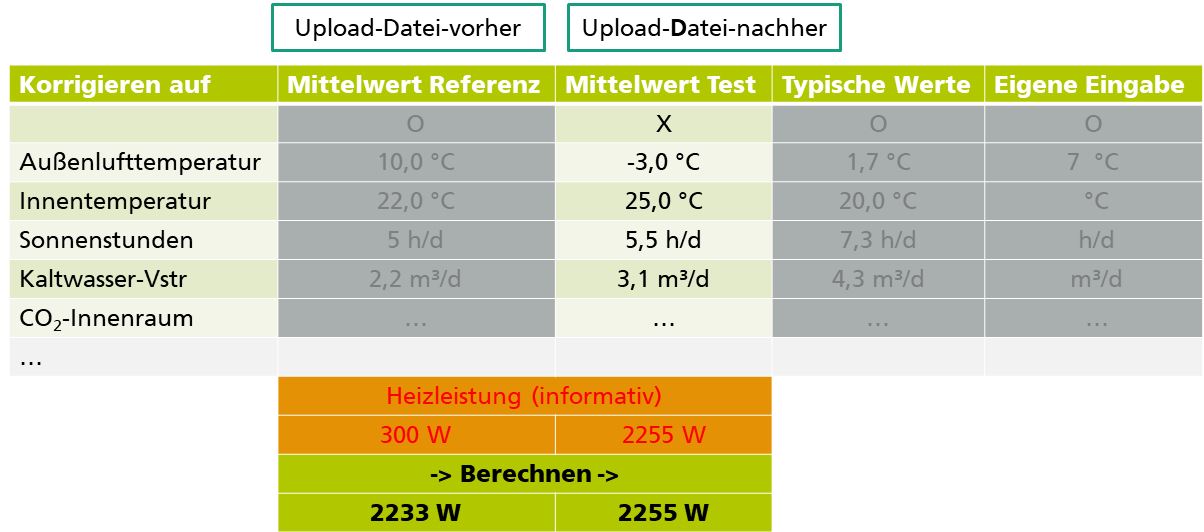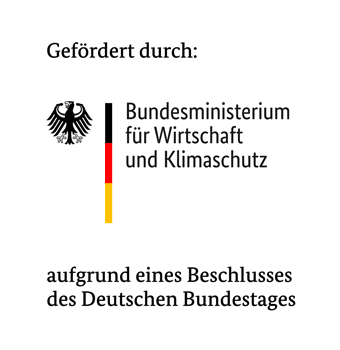How can a before-and-after comparison be made of a typical renovation measure to verify its effectiveness? To demonstrate the difference/reduction in energy consumption of residential buildings in use, the researchers of the Evaluation and Demonstration Working Group have developed a measurement/evaluation method called “Efficiency Signature Method” (EfSM), which - after a short training phase - adjusts the measured heat consumption of a building to compensate for the effects of weather and usage. In addition to a before-and-after comparison, the method enables the savings achieved after the renovation, boiler replacement, etc. to be demonstrated in the context of energy-saving contracting, without the results being affected by the influence of weather or usage. The sensor system used to record the relevant input variables for the EfSM needs only a few measuring points and is essentially radio-based.
Research project “In situ verification” - Proving the energy efficiency of residential buildings
Project goals
In the project, which is funded by the Federal Ministry for Economic Affairs and Climate Action (BMWK), three research partners and two industrial partners are each independently developing methods with different objectives, which will make it possible to evaluate residential buildings in use with a minimally-invasive sensor system. To this end, Fraunhofer IBP is developing the Efficiency Signature Method, which calculates a building’s energy fingerprint. If this fingerprint is calculated in a short-term measurement, e.g. before and after a (renovation) measure, the effects of weather and usage on consumption can be compensated for and the energy savings achieved through the renovation measure can be demonstrated. If the fingerprint is calculated at regular intervals (e.g. in the form of an automated routine), changes in the structure of the EfSM equation can provide indications of changes or problems at building level (control behavior of heating system, reduced solar thermal energy yield, unauthorized changes to heating system parameters, etc.)
Current project status
In the research project, numerous mathematical-statistical formulations of the EfSM as well as easily-obtained measurement input variables were studied and evaluated. For data protection reasons, wherever possible care was taken to ensure that the self-learning algorithm (reinforced learning) requires no information from the individual apartments. Instead, it uses climate parameters that are easy to obtain in practice, such as exhaust air conditions (temperature, humidity, CO2) and parameters from the boiler room (heat consumption, cold/hot water, etc.). The measurement data from four monitored properties were used as a database for developing and validating the method. With the mathematical formulations developed and the input data selected, accuracies of 11 to 17 percent were demonstrated at the four properties, which have between 8 and 52 apartments. This accuracy is the maximum uncertainty (95 percent quantile) that can be expected when using a short-term measurement to forecast energy requirements for the entire heating period.


